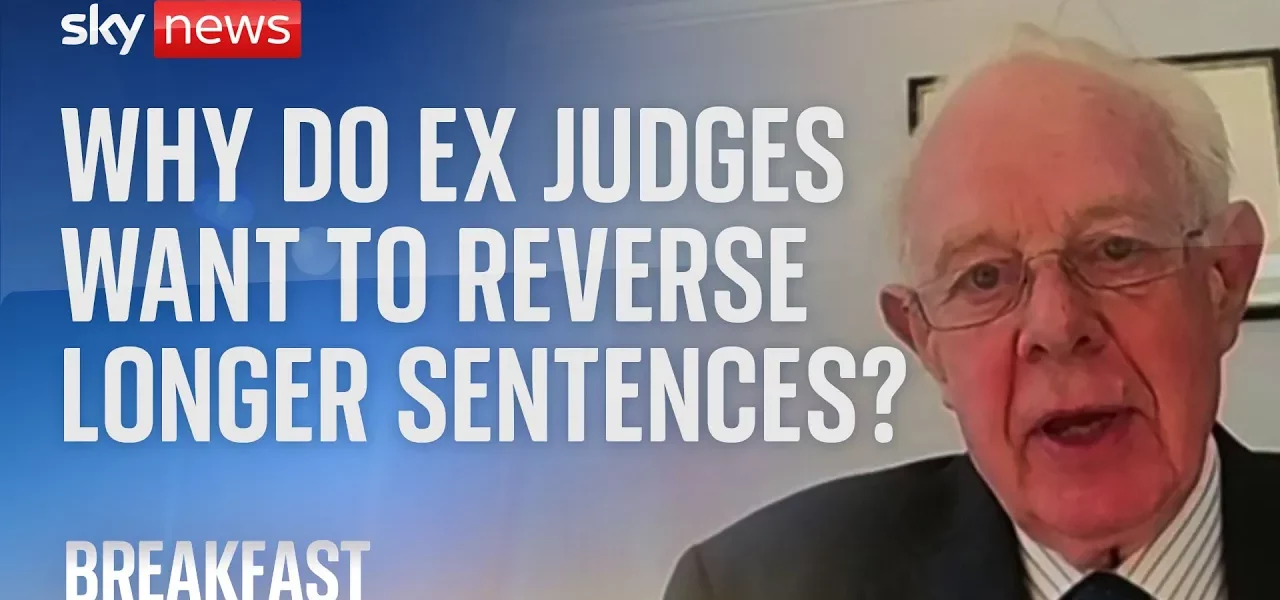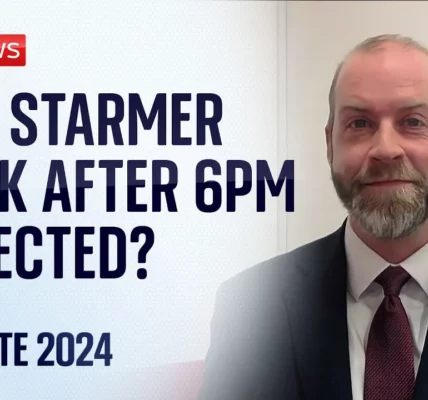Reversal of the Trend for Longer Prison Sentences

This article delves into the pressing issues surrounding the increase in prison sentences, the implications of overcrowding, and the urgent need for reform in the criminal justice system.
Introduction
The topic of prison sentences and their increasing lengths has garnered significant attention in recent years. With a notable rise in the prison population and a projected increase in the coming years, it is essential to reevaluate the effectiveness of our current sentencing policies. This article discusses the consequences of longer prison sentences, the challenges posed by overcrowding, and the necessity for a comprehensive review of the criminal justice system’s resource allocation.
The Growth of Prison Sentences
Over the last two decades, the landscape of sentencing has changed drastically, leading to longer prison terms for various offenses. This section outlines the reasons behind this trend and its implications.
Changes in Sentencing Legislation
One key factor contributing to longer sentences is the frequent changes in sentencing legislation. Over the past 15 to 20 years, there have been significant adjustments in laws governing sentences for serious crimes, particularly murder. These changes have resulted in:
- Increased minimum sentences for violent crimes.
- Mandatory sentencing guidelines that limit judicial discretion.
- A cumulative effect where longer sentences create a backlog in the prison system.
Impact on Resources and Rehabilitation
As prison populations surge, the resources allocated to rehabilitation and support services have diminished. This imbalance raises critical questions about the efficacy of our current approach to criminal justice.
Overcrowding and Its Consequences
Prison overcrowding has become an increasingly pressing issue, affecting not only inmates but also the entire criminal justice system.
The Functionality of Prisons
Prisons are intended to serve multiple purposes, including punishment, deterrence, and rehabilitation. However, overcrowding hampers these functions:
- Reduced access to rehabilitation programs.
- Increased tension and violence within prison facilities.
- Challenges in maintaining security and order.
Deterrence and Public Safety
Many proponents of longer sentences argue that they serve as a deterrent to crime. However, research indicates that this may not be the case:
- Studies show little correlation between sentence length and crime rates.
- Swift and fair trials may be more effective in preventing crime than extended sentences.
- Community-based alternatives could reduce recidivism rates.
The Need for Reform
Given the current state of the criminal justice system, reform is not just necessary; it is urgent. This section outlines potential reforms and their implications.
Resource Allocation
To address the challenges of overcrowding and ineffective rehabilitation, a reevaluation of resource allocation is crucial:
- Investing in mental health services for offenders.
- Implementing community-based rehabilitation programs.
- Reducing mandatory minimum sentences where appropriate.
Alternative Sentencing Models
Exploring alternative sentencing models could offer viable solutions to the current crisis:
- Shorter sentences with robust post-release support systems.
- Increased focus on restorative justice practices.
- Utilizing technology for monitoring rather than incarceration.
Conclusion
The trend of increasing prison sentences, coupled with overcrowding issues, demands a thorough and thoughtful reassessment of our criminal justice policies. By prioritizing rehabilitation over punishment and reallocating resources effectively, we can create a system that not only serves justice but also fosters safer communities. It is time for lawmakers to take action and consider the proposed reforms to reverse the tide of sentence inflation.
For more insights into criminal justice reform and related topics, explore our other articles on criminal justice reform and rehabilitation programs.
“`




